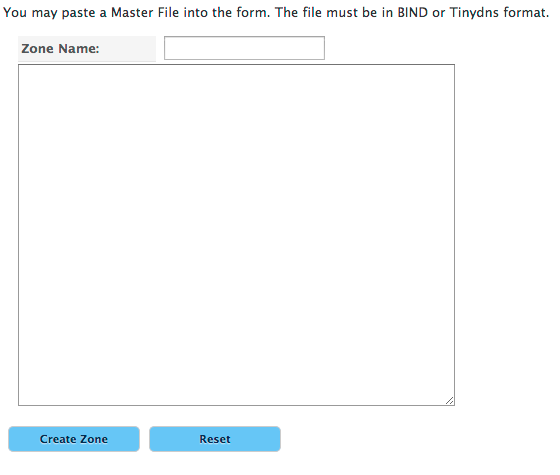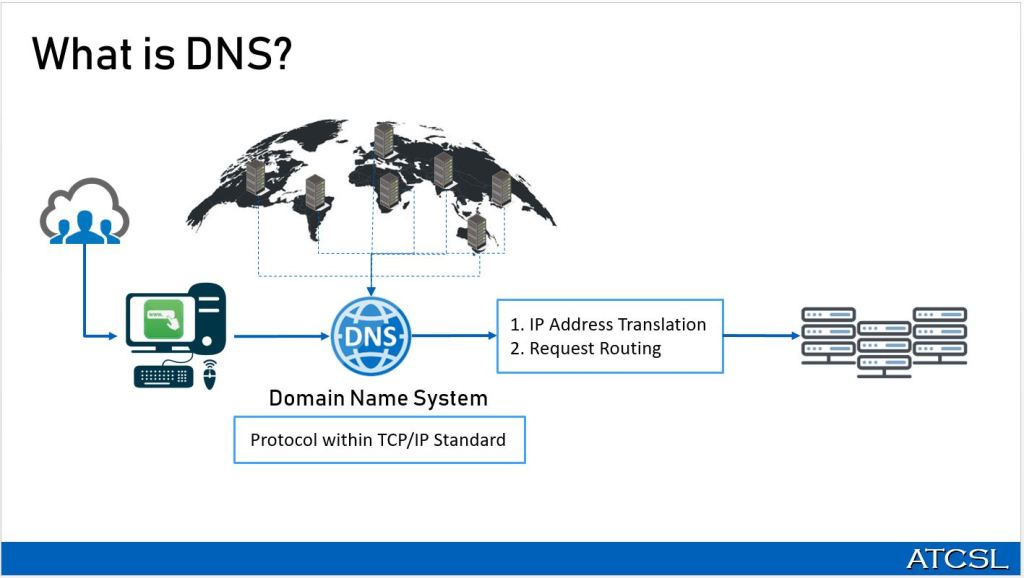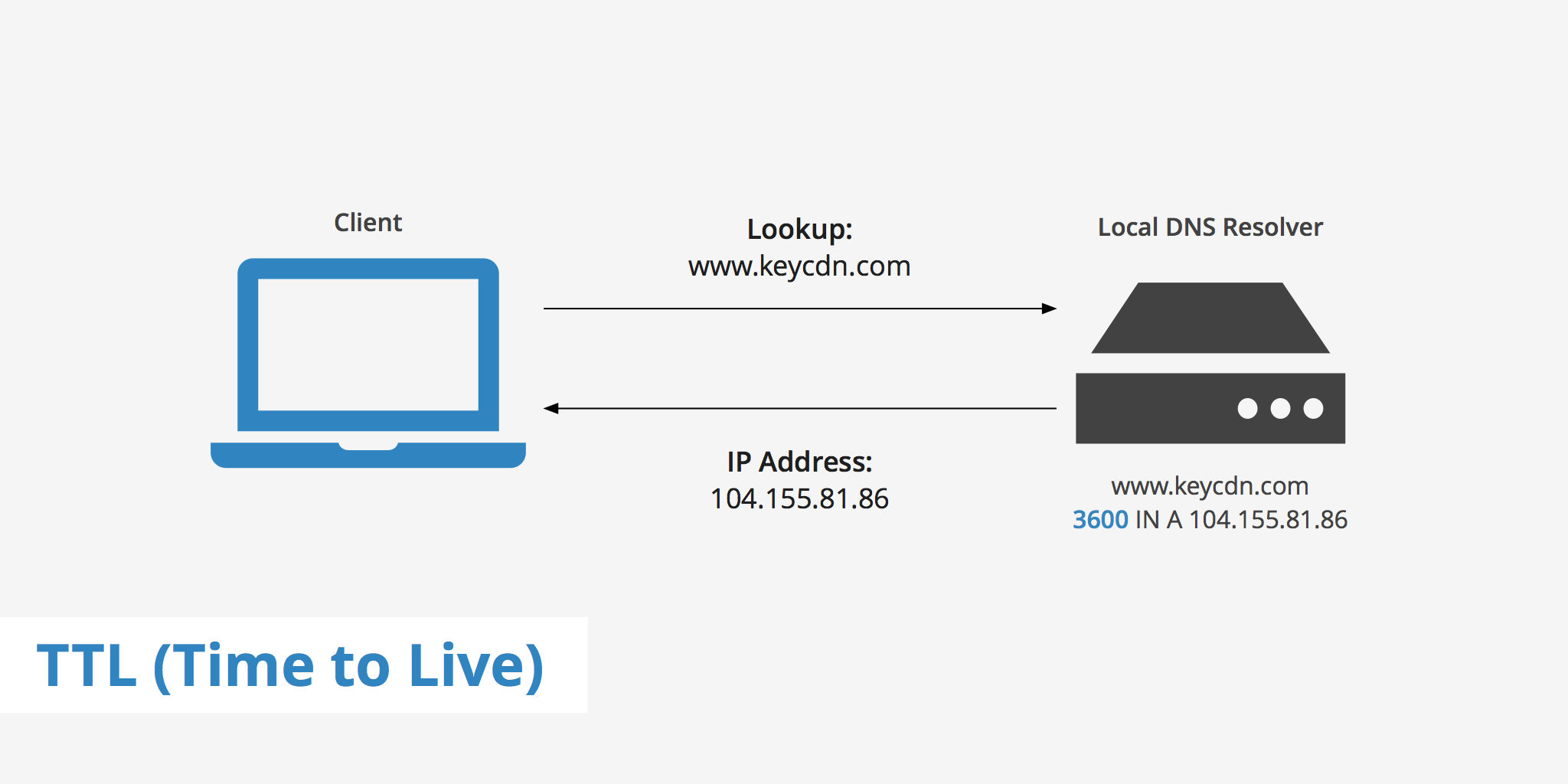
This article will examine the Transmission Control Protocols (TCP) as well as Internet Protocols (IP). We'll also cover the Application layer protocol and the Stateless Protocol. This will enable you to learn how to implement and use network protocols. This information will allow you to learn more about each protocol's history and its functions.
Transmission Control Protocol
TCP/IP is a combination between the Internet Protocol (IP), and Transmission Control Protocol. The IP is the layer that determines how packets move through a network and the TCP is the layer that ensures a reliable transmission of data across Internet-connected networks. TCP inspects packets for potential errors and makes requests to retransmit if necessary. This allows computers to communicate with one another.
TCP protocol can be used for reducing latency. Loss of data can result from delayed acknowledgment by the receiving device. In TCP, data packets are grouped by segments or components. To ensure identical packets, the TCP protocol requires each segment to contain a checksum field. The destination will not send ACK if the checksum is corrupted.

Internet Protocol
Transmission Control Protocol (TCP), which is one the main protocols within the suite, is one of several Internet protocols. It was initially used in network implementation, and complemented the Internet Protocol (IP). TCP/IP encompasses all of the protocols. TCP, a type data protocol, facilitates communication over long distances.
TCP and IP are different in the way they operate. TCP, which is not connected and acts as a datagram server, is more reliable and establishes a consistent, reliable communication session. While IPv4 remains the most commonly used Internet Protocol, IPv6 has become more popular in private and public networks. It brings new features to administrators and presents challenges.
Application layer protocols
TCP/IP Protocol stack has many layers. Each layer is responsible for its own rules and responsibilities. Each layer uses data to communicate information by agreeing on the way it should transmit information. Each layer has different components. This makes the protocols similar to building blocks being stacked one on top of another. In fact, protocols are often called "stacks" because they are arranged in layers which are related to each other.
The application layer (topmost layer) of the TCP/IP network model specifies the protocol used by the application processes. This layer allows applications to communicate with each other and provides access to global information. It also plays an important role in communication synchronization and resource availability. The application layer allows users to connect to remote servers to receive messages and access the World Wide Web.

Protocol of statelessness
A stateful protocol requires a server to hold some information in order to send data. This is necessary for computer applications. For example, a phone cannot browse the internet without a server. The server then mediates the requests from the client. Different protocols have different levels or dependency on each other. Stateless protocols do not have this dependency, so there is less load on the server.
Stateless protocols can be more resource efficient than stateful ones, as they require less information to help them orient. However, stateless protocols come with some limitations. In some cases, a stateless protocol might not be the most suitable for a particular system. For example, it may not be able to identify the source of a spam message.
FAQ
Which website builder should I use?
It is best to start small in order to establish a web presence. If you have the resources and time to create a fully-fledged website, go for it. But if you don't have these resources yet, starting with a simple blog might be the best option. As you become proficient in web design and development, you can add features as needed.
Before you start building your website, it is important to establish a primary domain. This will give you something to point to when you publish content.
What is Website Design Software?
The website design software can be used by graphic artists and photographers, illustrators, writers and others who are involved in visual media.
There are two main types of website design software: desktop applications and cloud-based solutions. Desktop apps are installed locally on the computer. You will need to install additional software. Cloud-based apps are hosted remotely on the Internet and do not require any additional software. This makes them perfect for mobile users.
Desktop Applications
Desktop applications may have more advanced features than cloud-based solutions but they aren’t always necessary. Some people prefer to only use a desktop program because it is easier and more convenient. Some people prefer to use the same tool, regardless of whether it is on a phone or a laptop.
Cloud-Based Solutions
Web designers who wish to save time or money should consider a cloud-based option. These services let you edit any type or document anywhere you have an internet connection. This means you can use your tablet to do some work while you wait for your cup of coffee to brew.
A license is required if you opt for a cloud-based service. However, additional licenses are not required to upgrade to a newer version.
If you have Photoshop, InDesign and Illustrator, these programs can be used for creating web pages.
WordPress is a CMS?
Yes. It's a Content Management System (CMS). Instead of using Dreamweaver or Frontpage, a CMS lets you manage your website content directly from your web browser.
The best part about WordPress is that it's free! Hosting is included in the price, but you don't need to pay anything else.
WordPress was initially intended to be used as a blog platform. Now, WordPress offers many different options: eCommerce sites, forums. Membership websites. Portfolios.
WordPress is simple and easy to install. The installation file must be downloaded from the website and uploaded to your server. After that, you can simply access your domain name with your web browser.
After installing WordPress, you'll need to register for a username and password. Once you have logged in, a dashboard will appear where you can view all of your settings.
From this page, you can add images, pages, posts, menus or widgets to your website. This step can be skipped if editing and creating content is easy for you.
You can also hire a professional web design firm to help you with the whole process.
Statistics
- The average website user will read about 20% of the text on any given page, so it's crucial to entice them with an appropriate vibe. (websitebuilderexpert.com)
- In fact, according to Color Matters, a signature color can boost brand recognition by 80%. There's a lot of psychology behind people's perception of color, so it's important to understand how it's used with your industry. (websitebuilderexpert.com)
- When choosing your website color scheme, a general rule is to limit yourself to three shades: one primary color (60% of the mix), one secondary color (30%), and one accent color (10%). (wix.com)
- At this point, it's important to note that just because a web trend is current, it doesn't mean it's necessarily right for you.48% of people cite design as the most important factor of a website, (websitebuilderexpert.com)
- It's estimated that in 2022, over 2.14 billion people will purchase goods and services online. (wix.com)
External Links
How To
How to become a web developer?
Websites are more than just HTML code. It's an interactive platform that lets you communicate with users, and offer valuable content.
A website is more than a medium for delivering information; it is a portal to your business. Your website should enable customers to find what they want quickly and efficiently, as well as show how you want them interacted with your company.
The best websites allow users to do exactly the same thing they came here to do: search for what they need and then leave.
You'll have to learn technical skills and design aesthetics to achieve this goal. You will need to know HTML5 coding basics and CSS3 styling, along with the latest developments in JavaScript.
Additionally, you will need to be able to use different tools such as Photoshop, Illustrator and InDesign. These tools allow designers to create and modify website layouts and graphics. The style guide includes everything you need, from fonts, colors, and layout.
Start by researching articles and taking online courses if you are interested in becoming web designers.
It may take months or years for you to complete your degree. However, once you have a degree you will be ready to enter into the workforce.
Don't forget to practice! The better you get at designing, the easier it will be for you to build great websites.